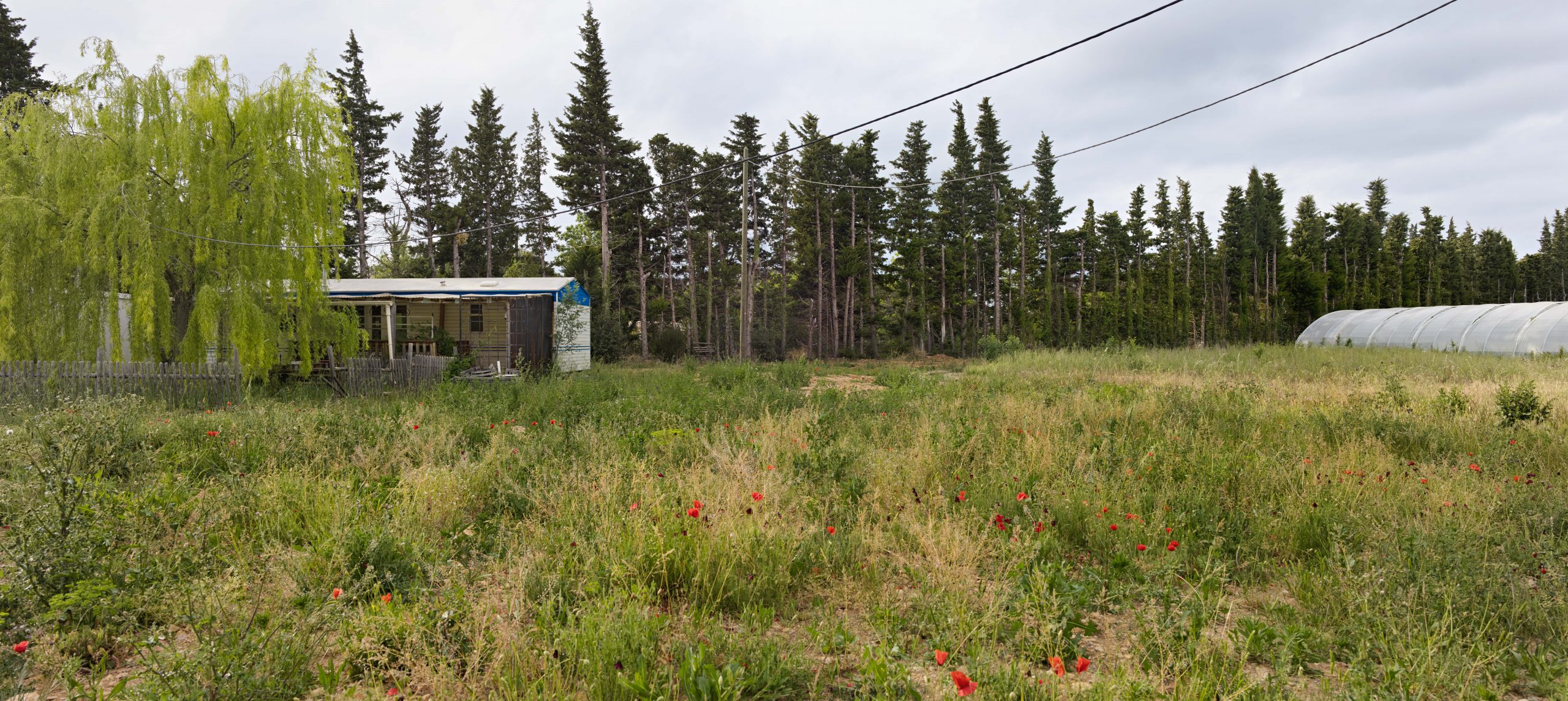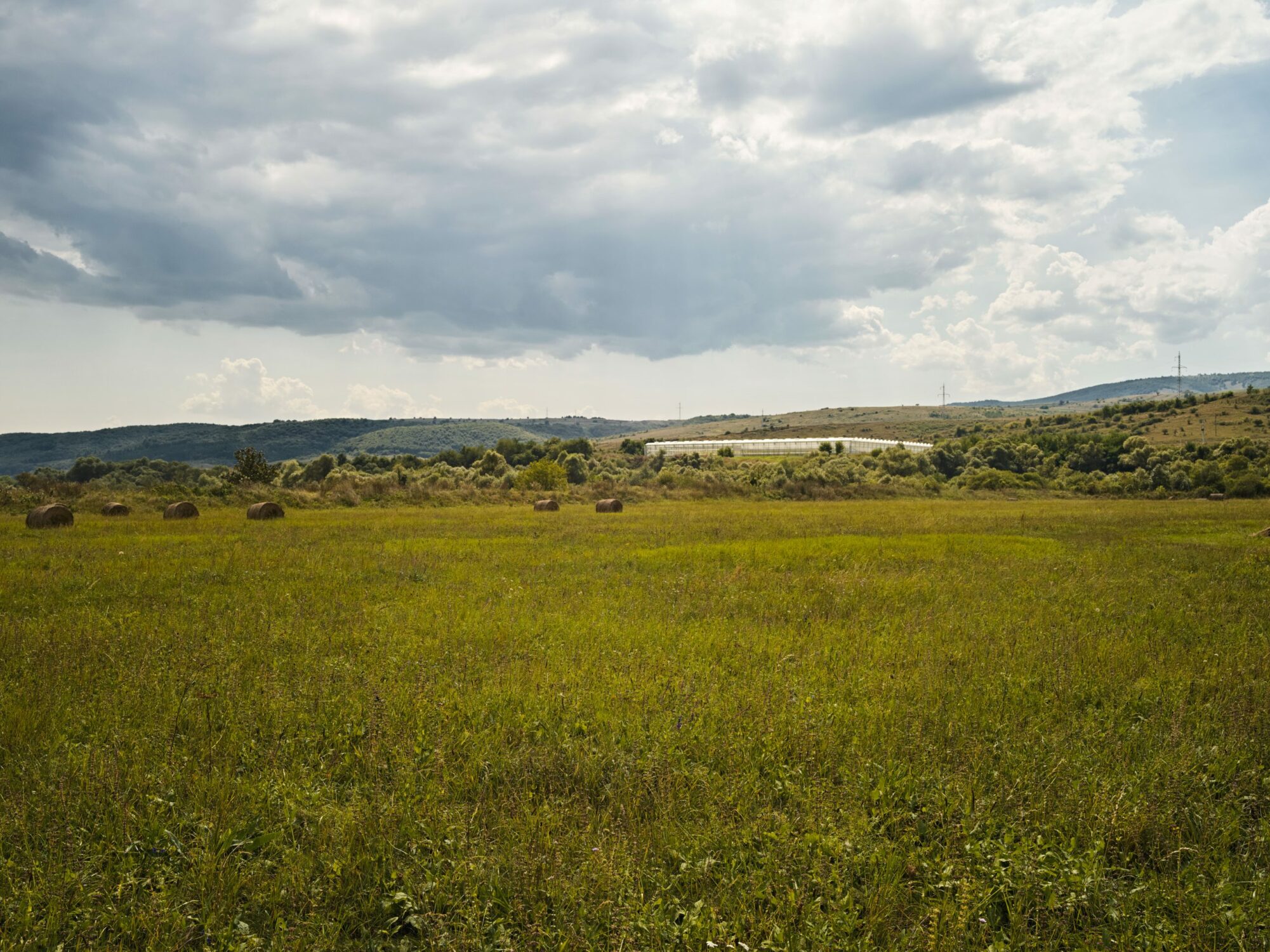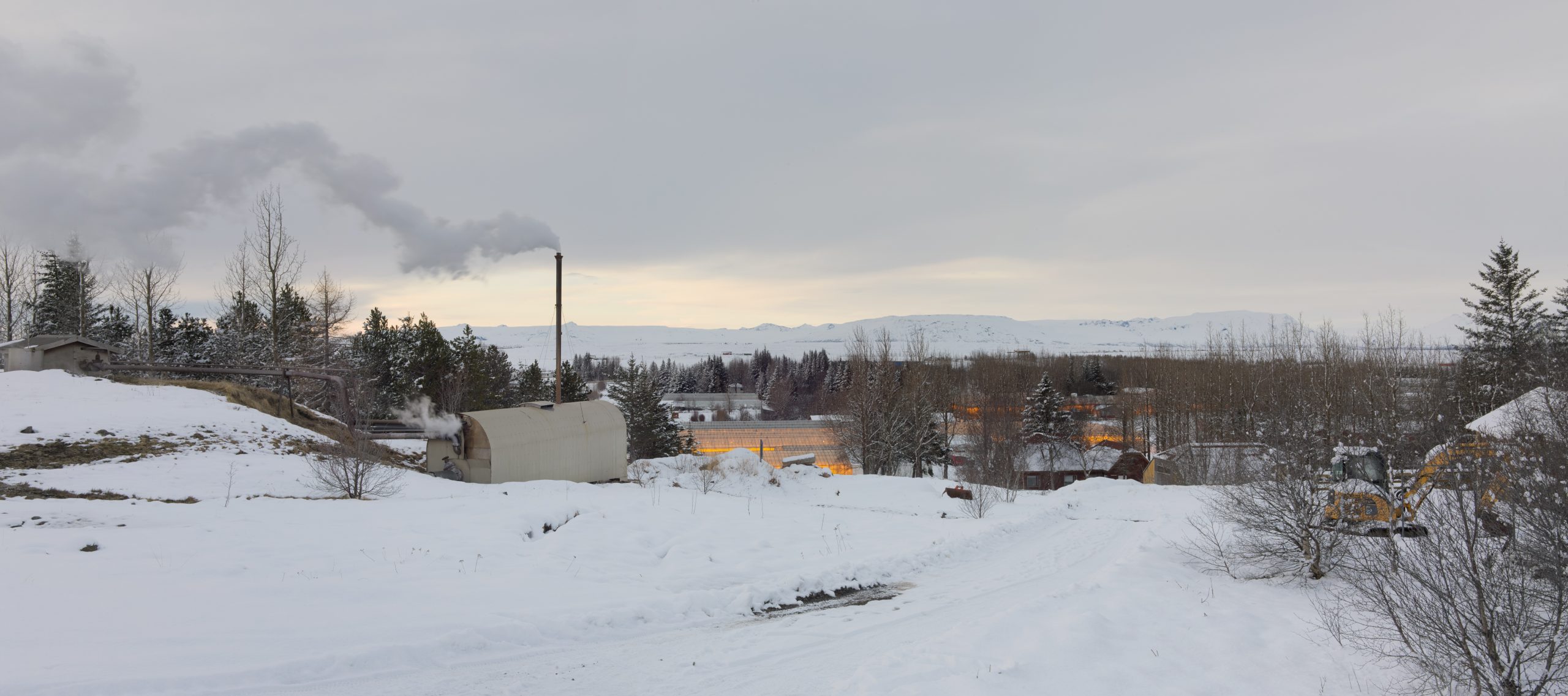
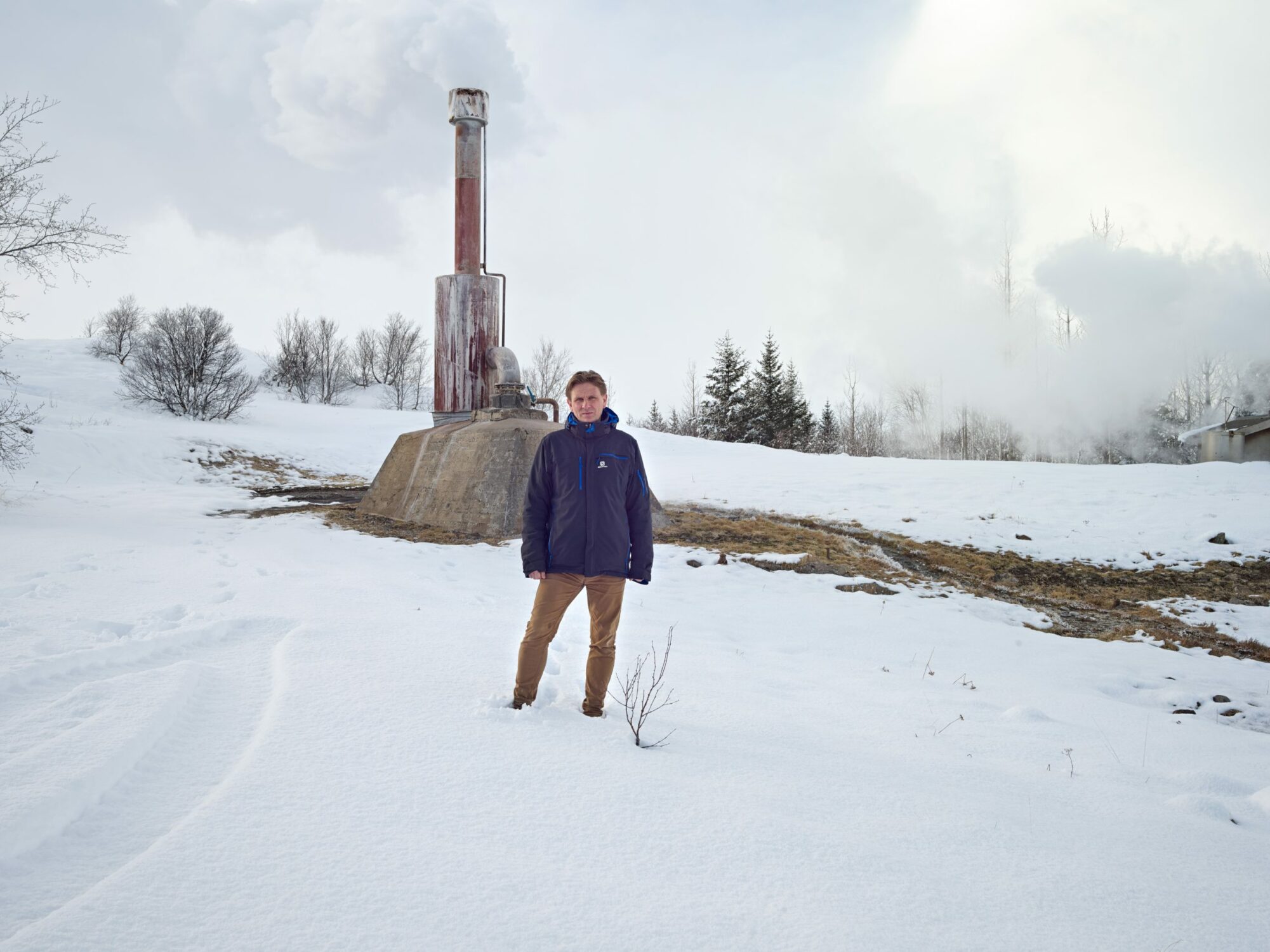
Knútur Ármann
Tomato grower Selfos
Knútur’s Green Tomatoes from Iceland
When thinking of Iceland, you do not immediately think of agriculture and horticulture, let alone sustainable food production. The unspoilt island with its volcanoes and glaciers has only a small amount of land suitable for agriculture.
Country Profile Iceland
population 350,000
(1000ha)
Country Area: 10,300
Land Area: 10,025
Agri land: 1872
Forest: 49.2
Source: fao.org/country profile
This is not just a story about growing tomatoes with the help of geothermal energy;
It is the story of a passionate couple, Knútur Ármann and his wife Helena, who in addition to growing organic tomatoes, open their greenhouses for educational purposes.
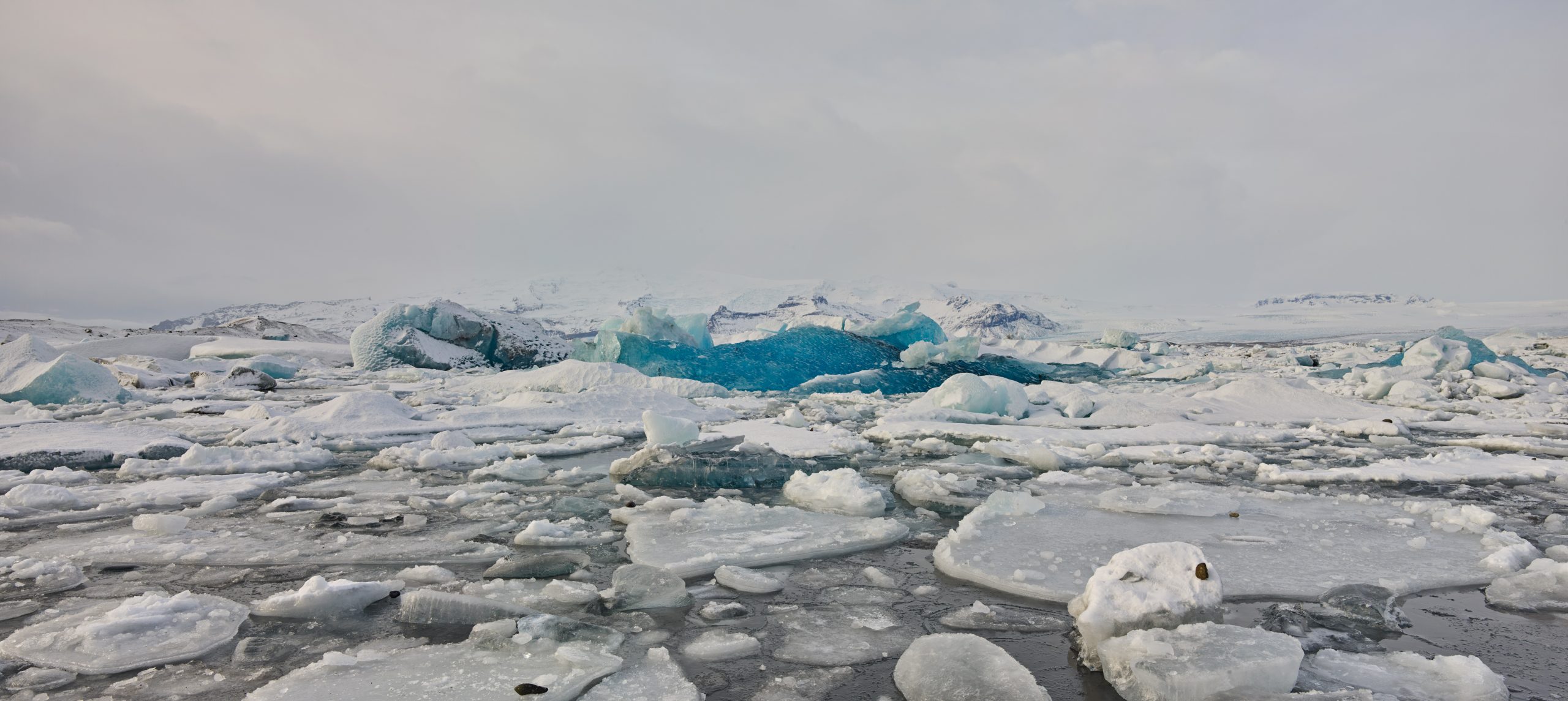

“Despite its uncultivated environment, Iceland grows half of its own vegetables”
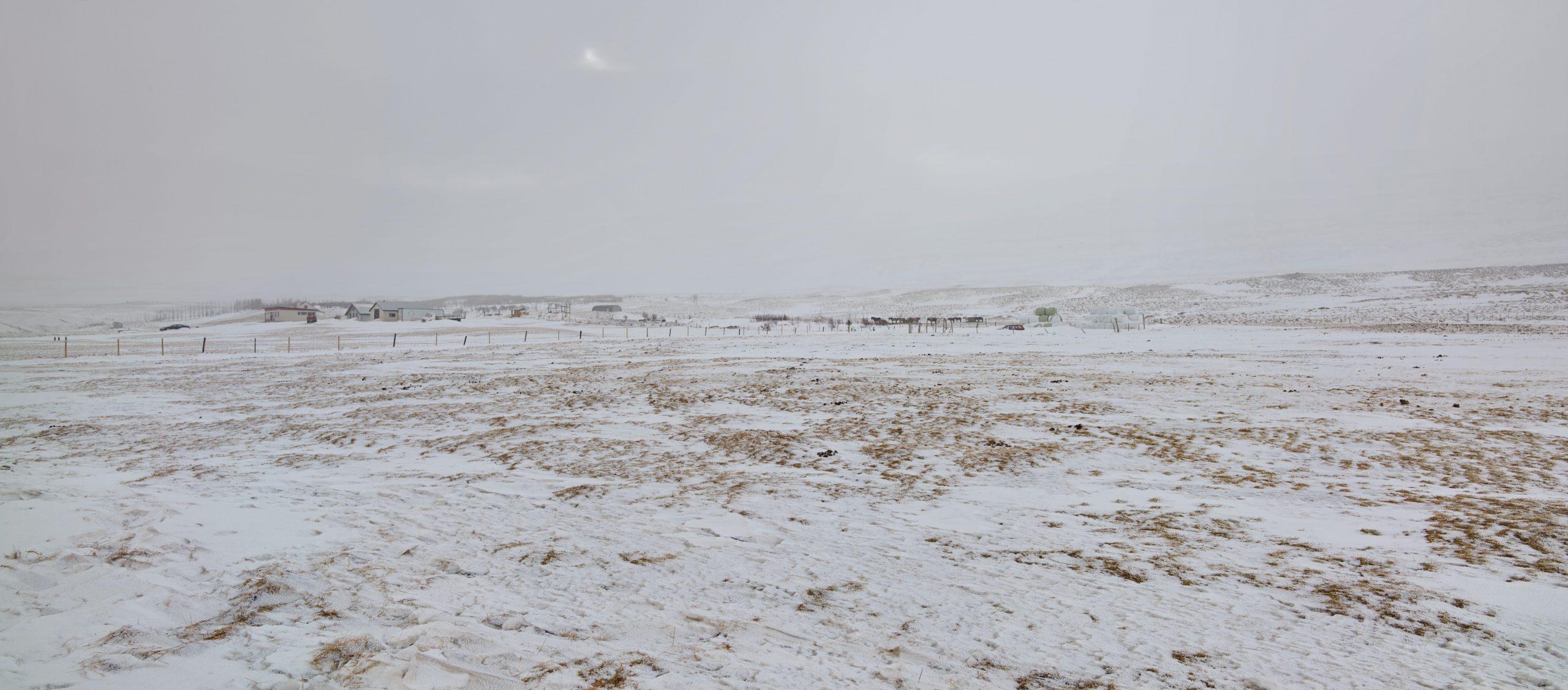
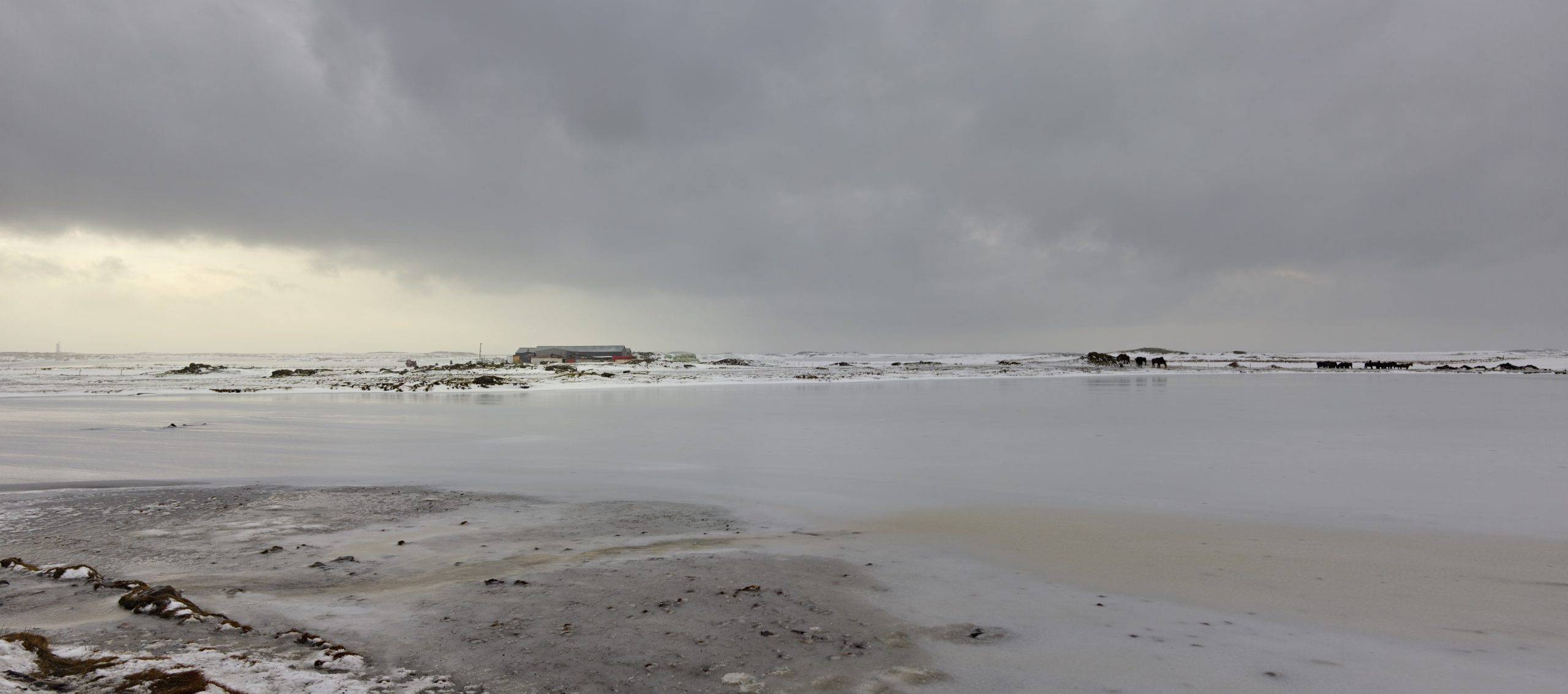
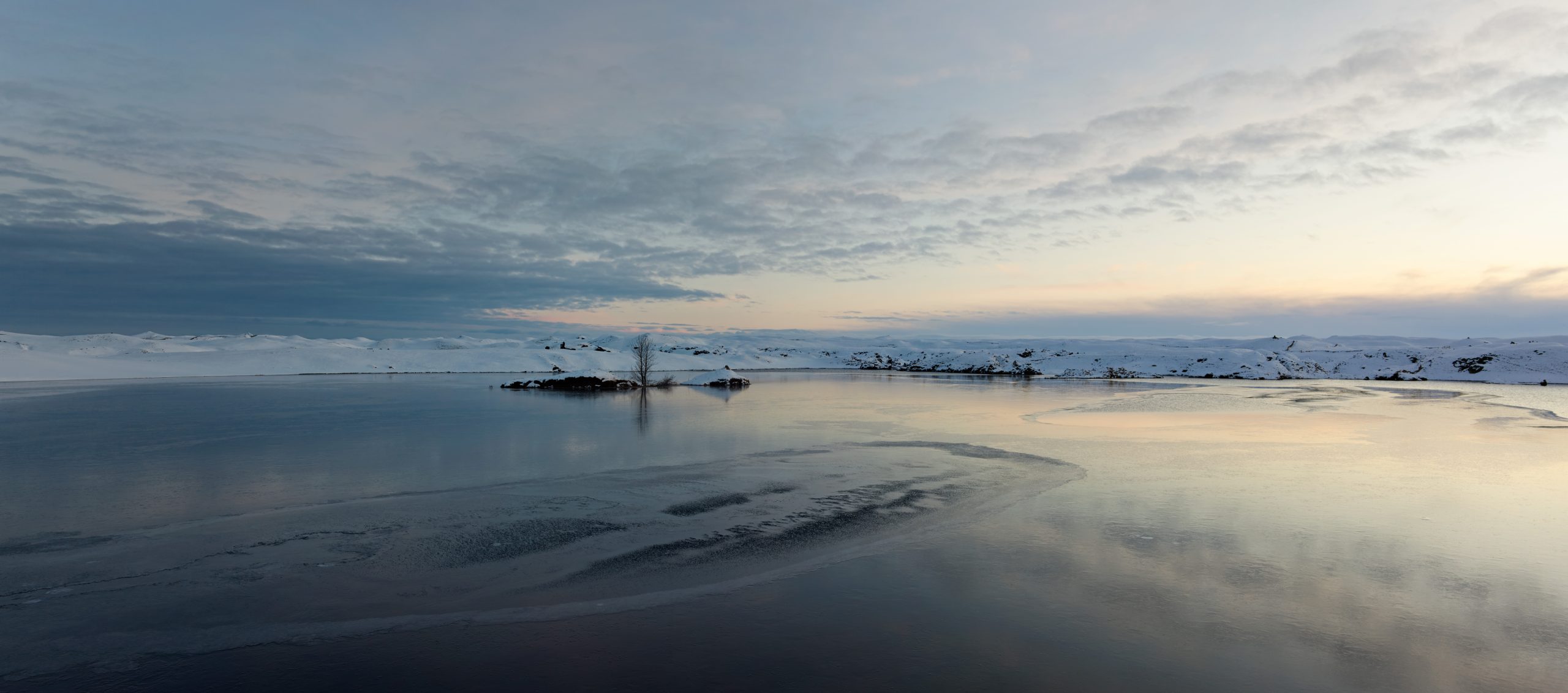
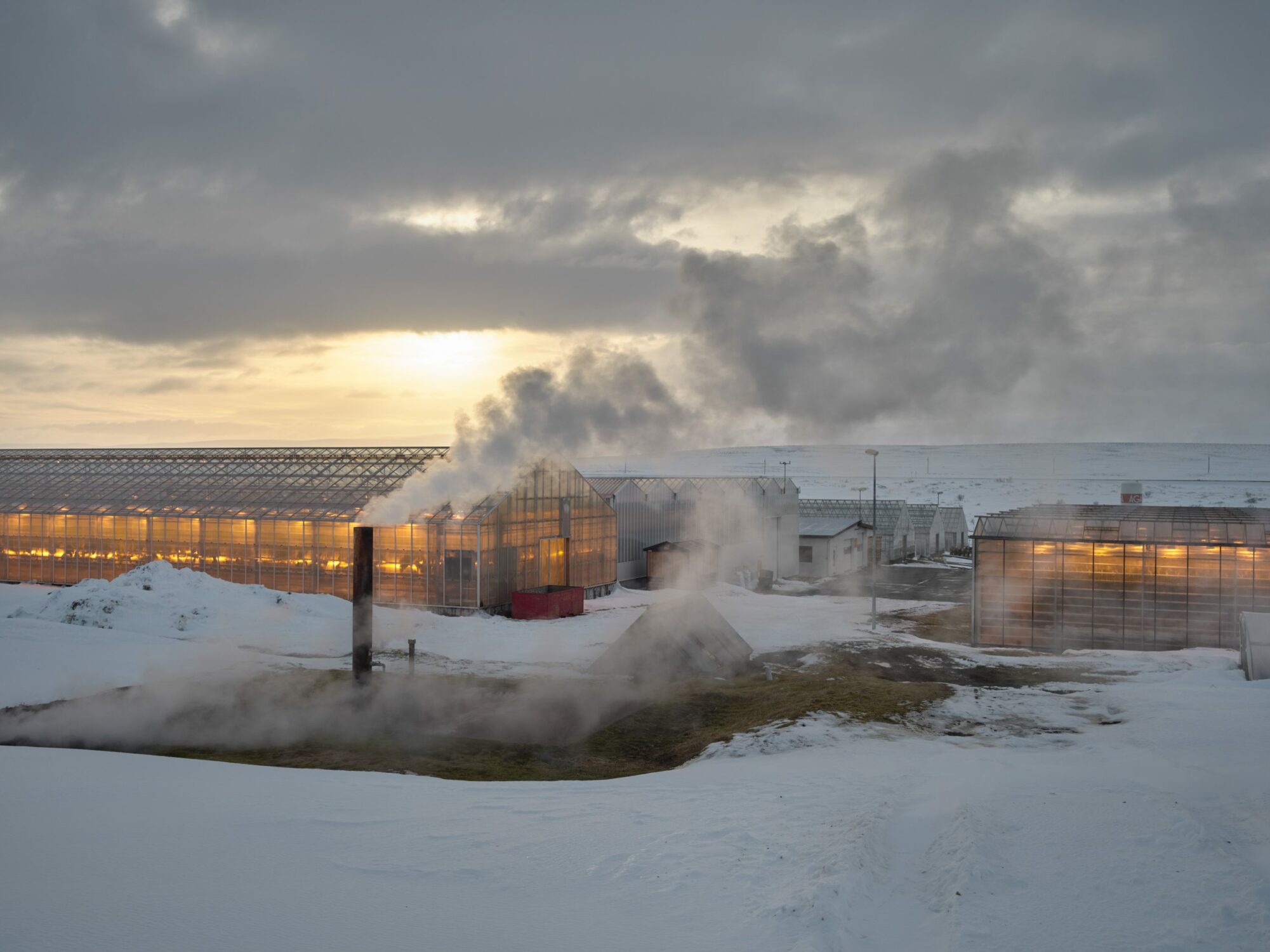
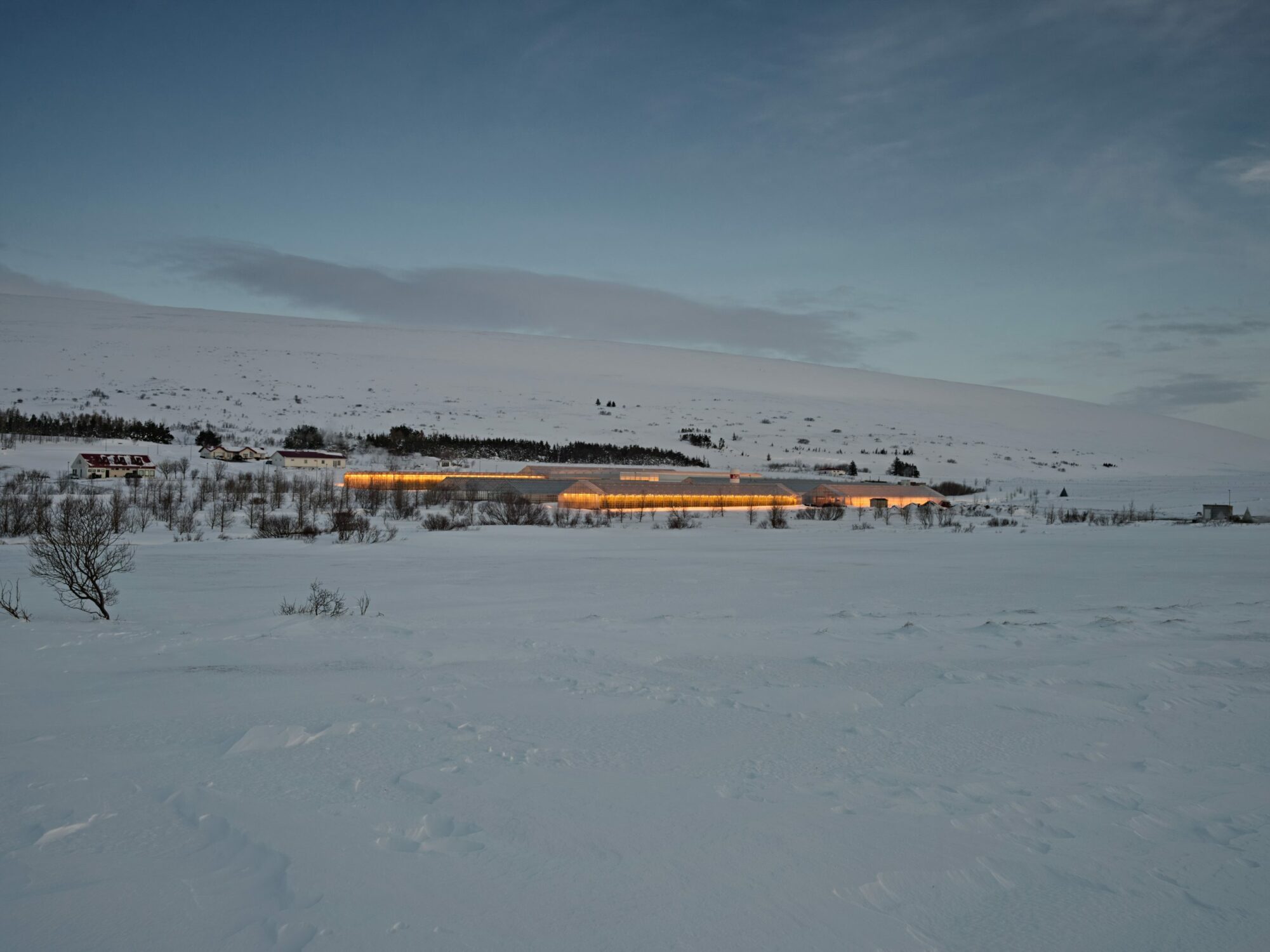
Geothermal energy
According to the National Energy Authority of Iceland, the heating of greenhouses using geothermal energy started in Iceland in 1924. These greenhouses have been a success for the Icelandic agricultural industry and have provided the local population with fresh, sustainable products.
Source: Report FAO; Uses geothermal energy in food and agriculture opportunities for developing countries.
With a focus on growing vegetables, they also produce flowers, herbs and other plants, covering a wide range of Iceland’s agricultural needs.
Traditionally, geothermal energy has been largely used in power generation. However, there are examples of successful applications in other non-power generating applications, especially in the food and agriculture sector.
The experiences and potential of these developments in Iceland are seen as a unique experience to help other countries with geothermal resources.
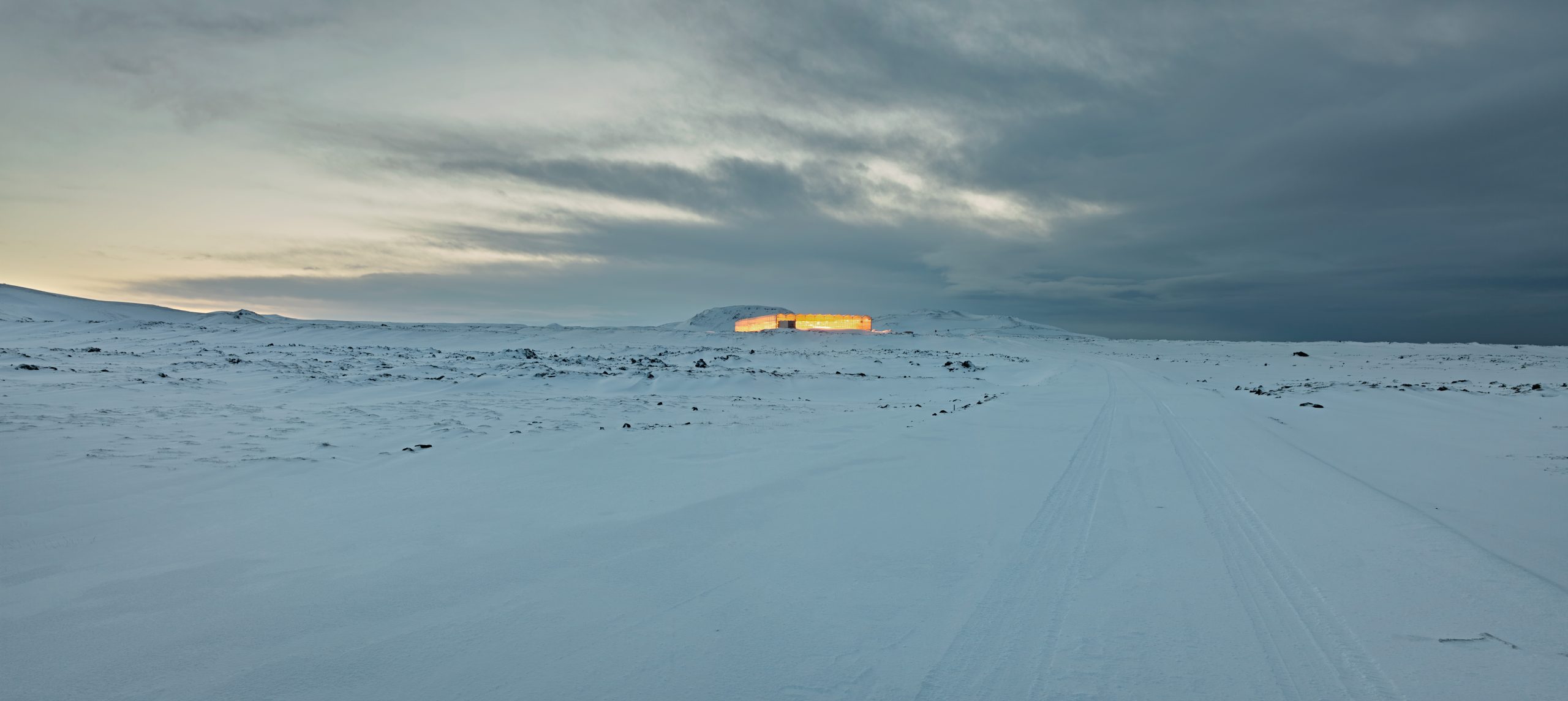
“130,000 early plants growing in a carbon negative greenhouse...
...in a snowy lava field on the Icelandic Reykjanes Peninsula.”
Inspiring Stories
We have selected another two stories that might inspire you.
